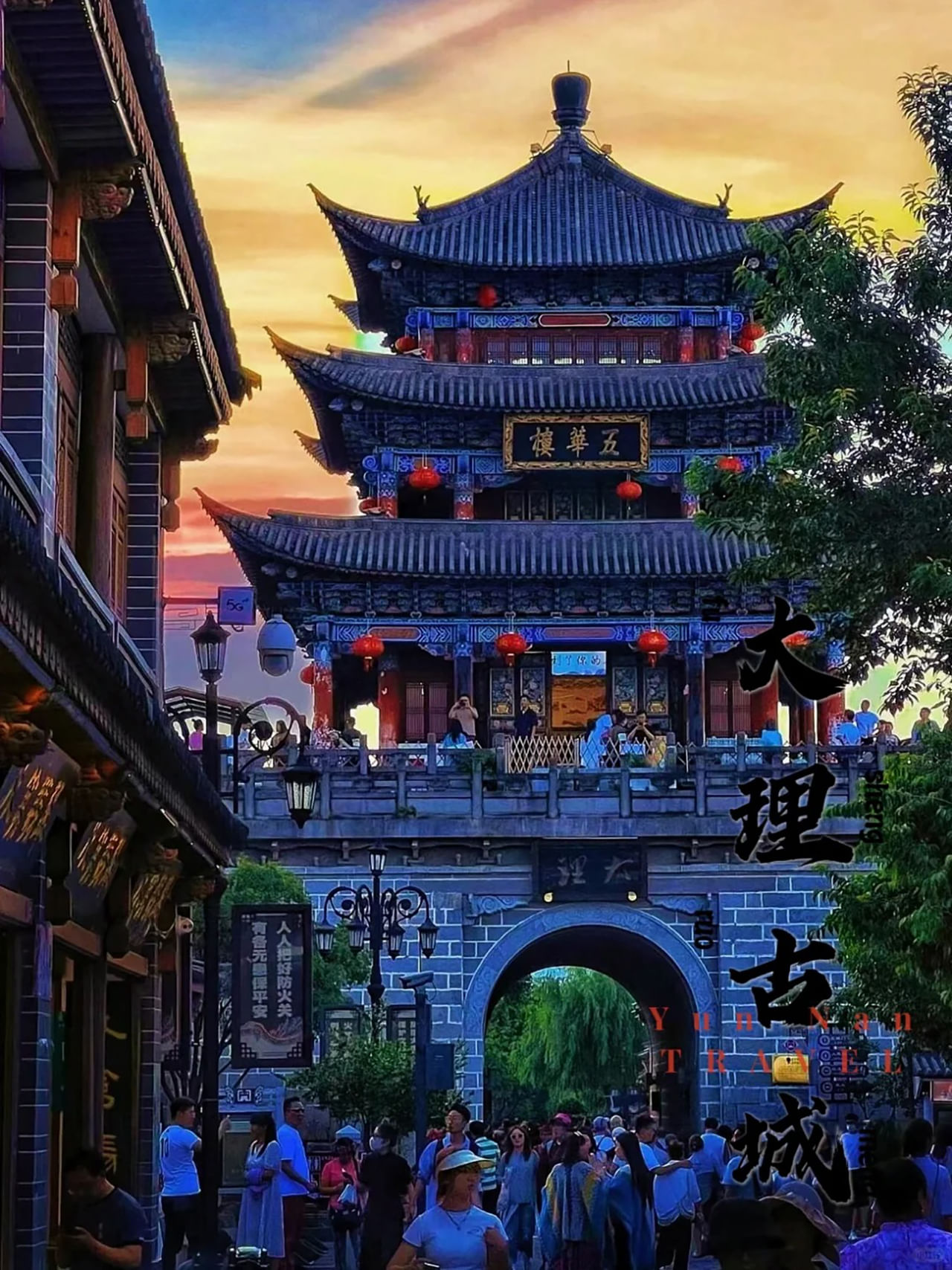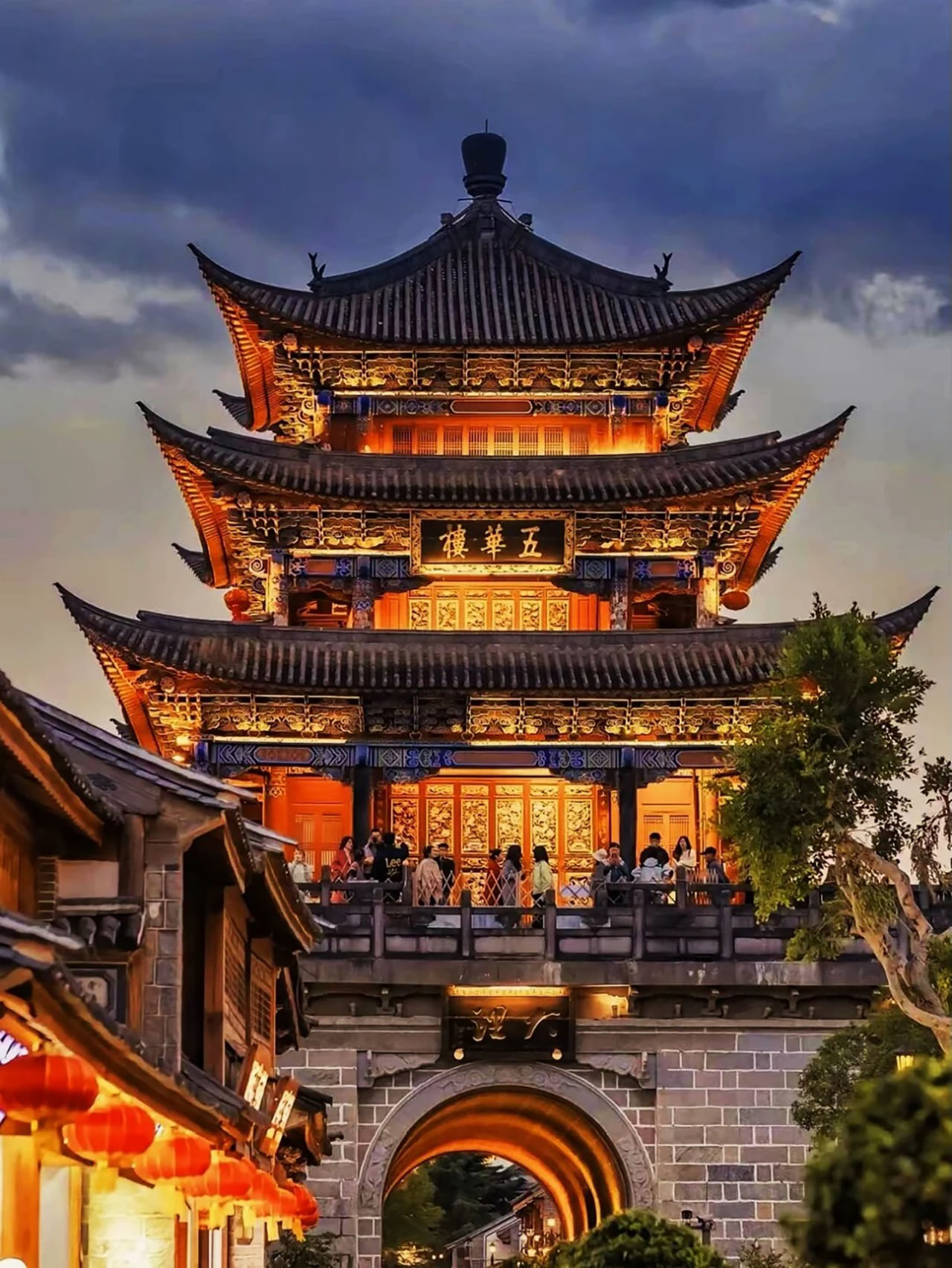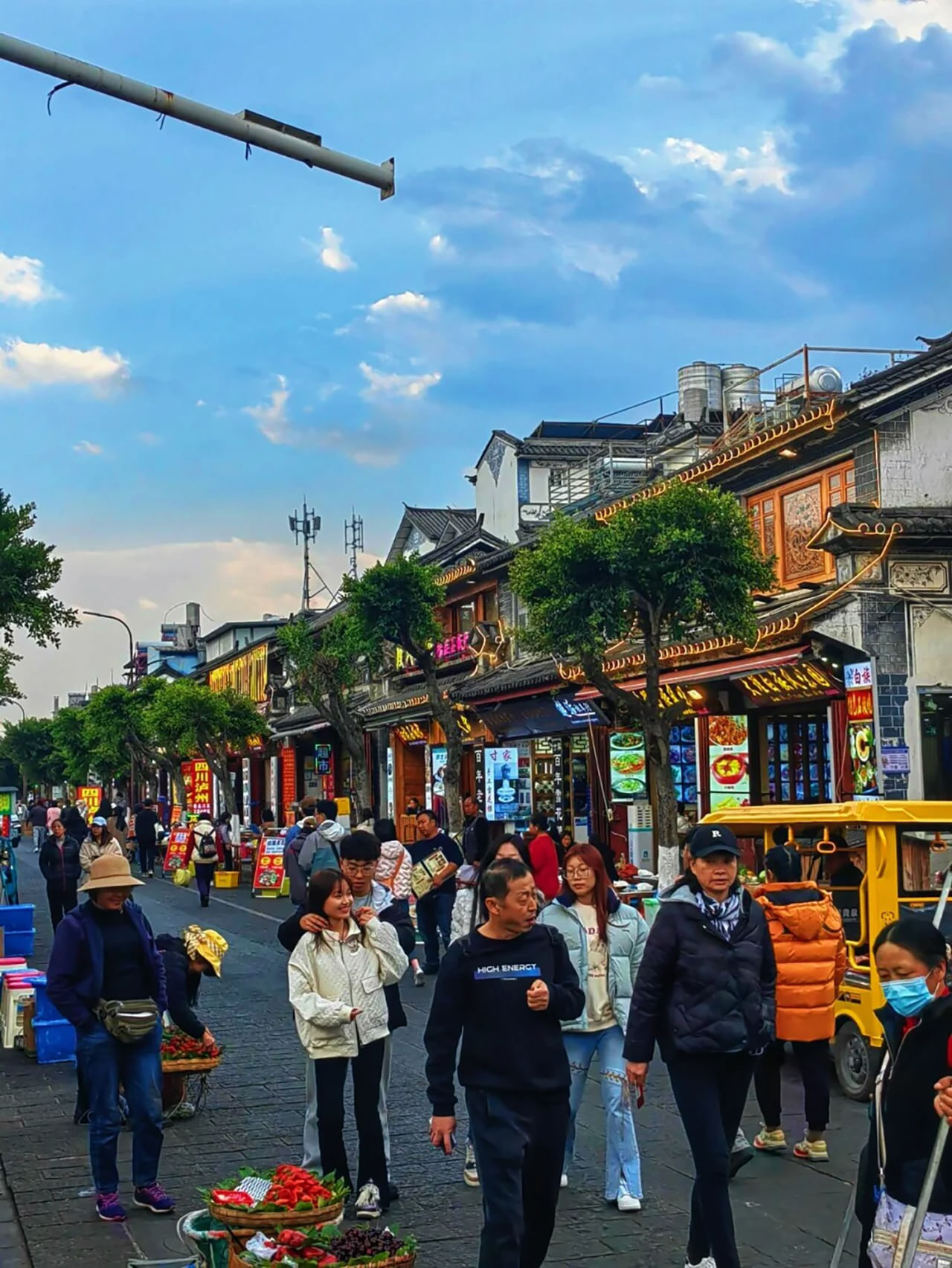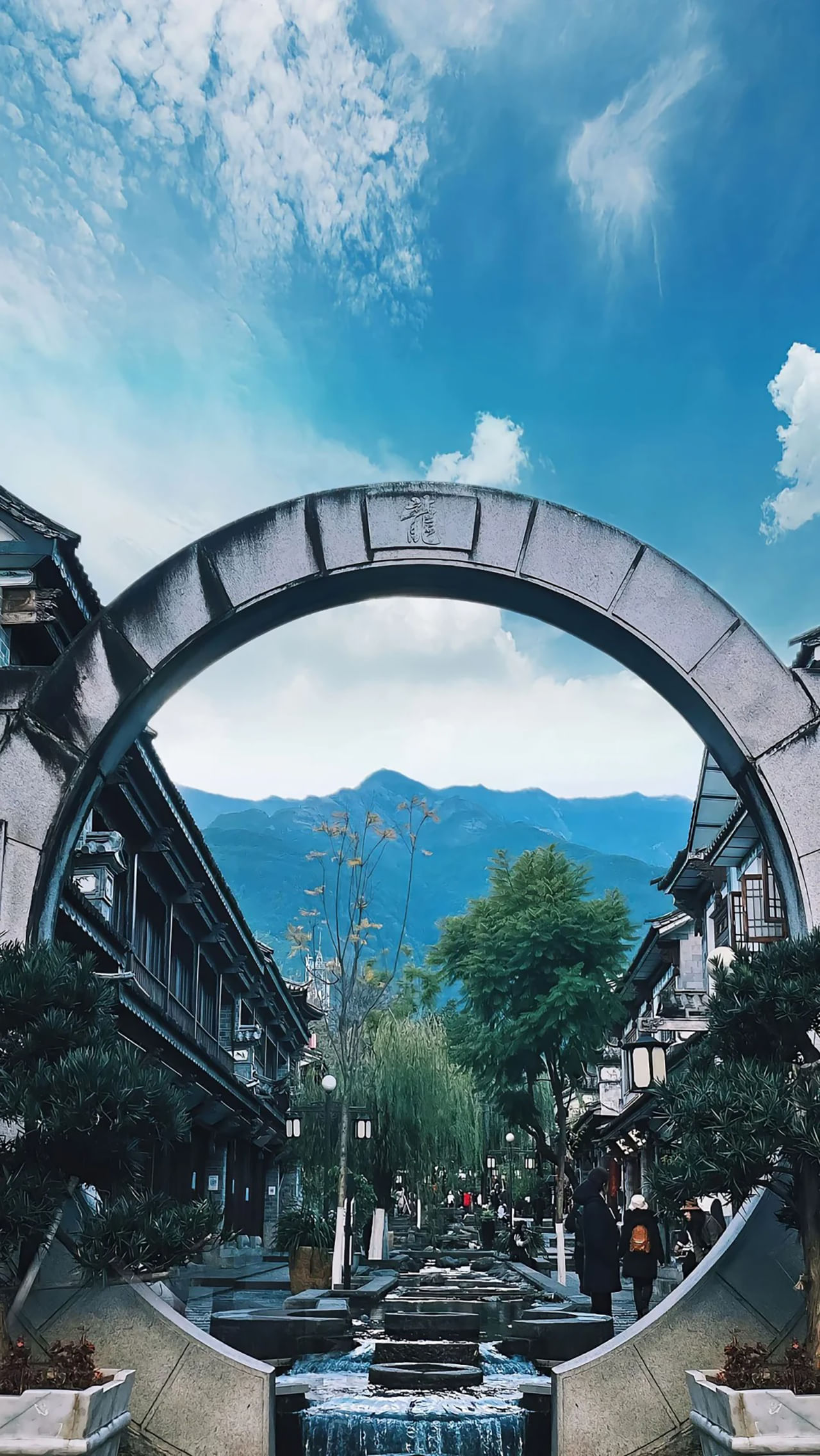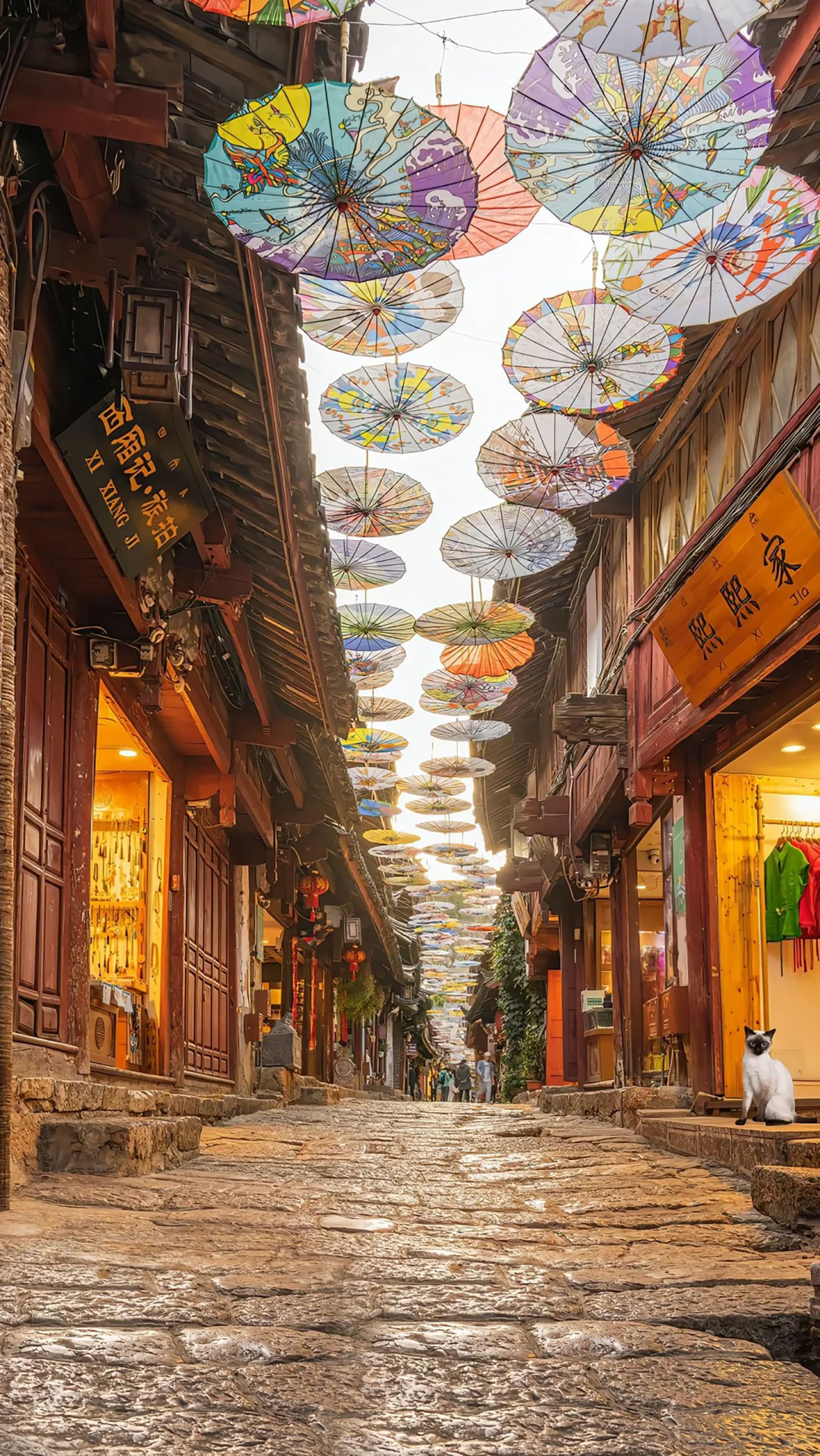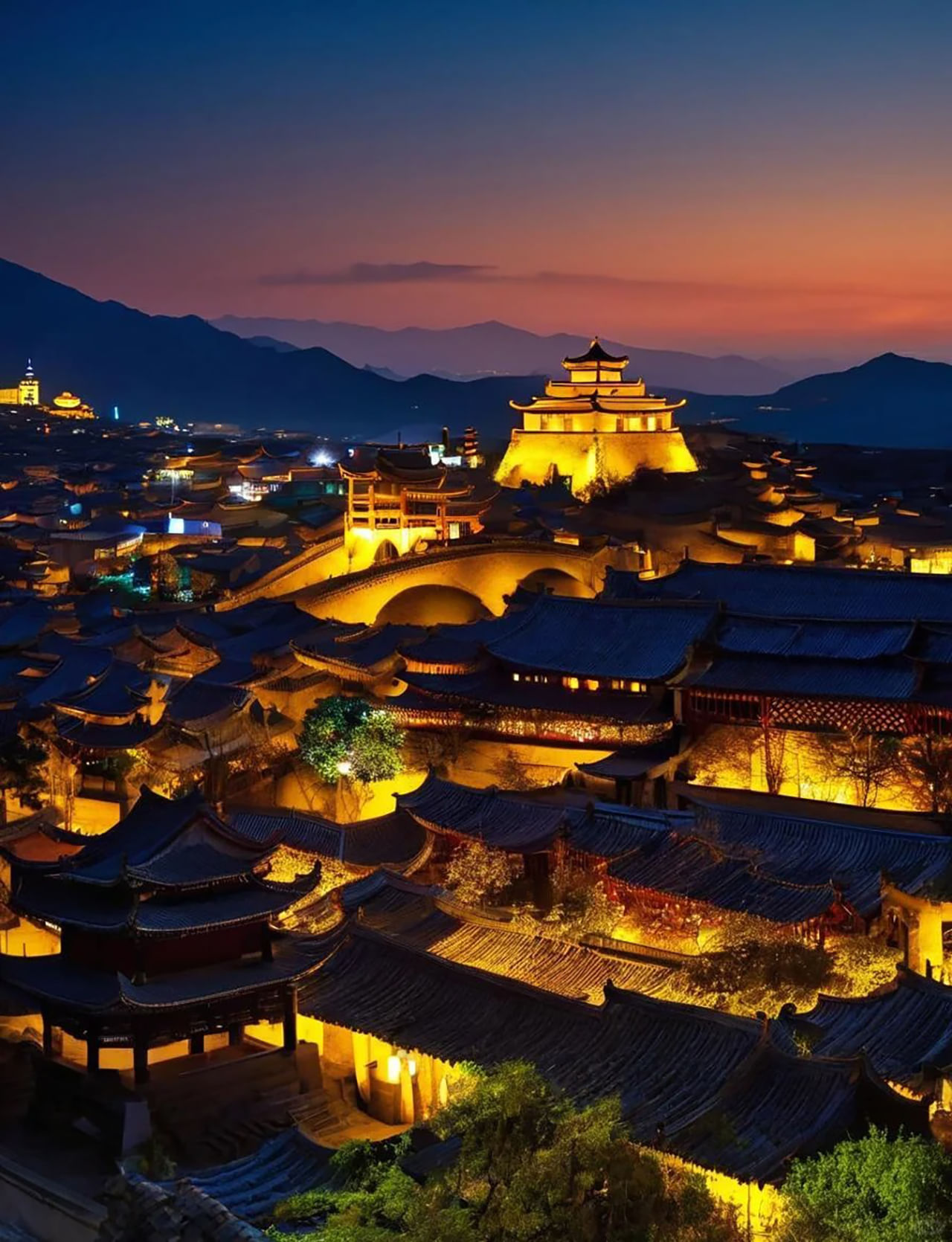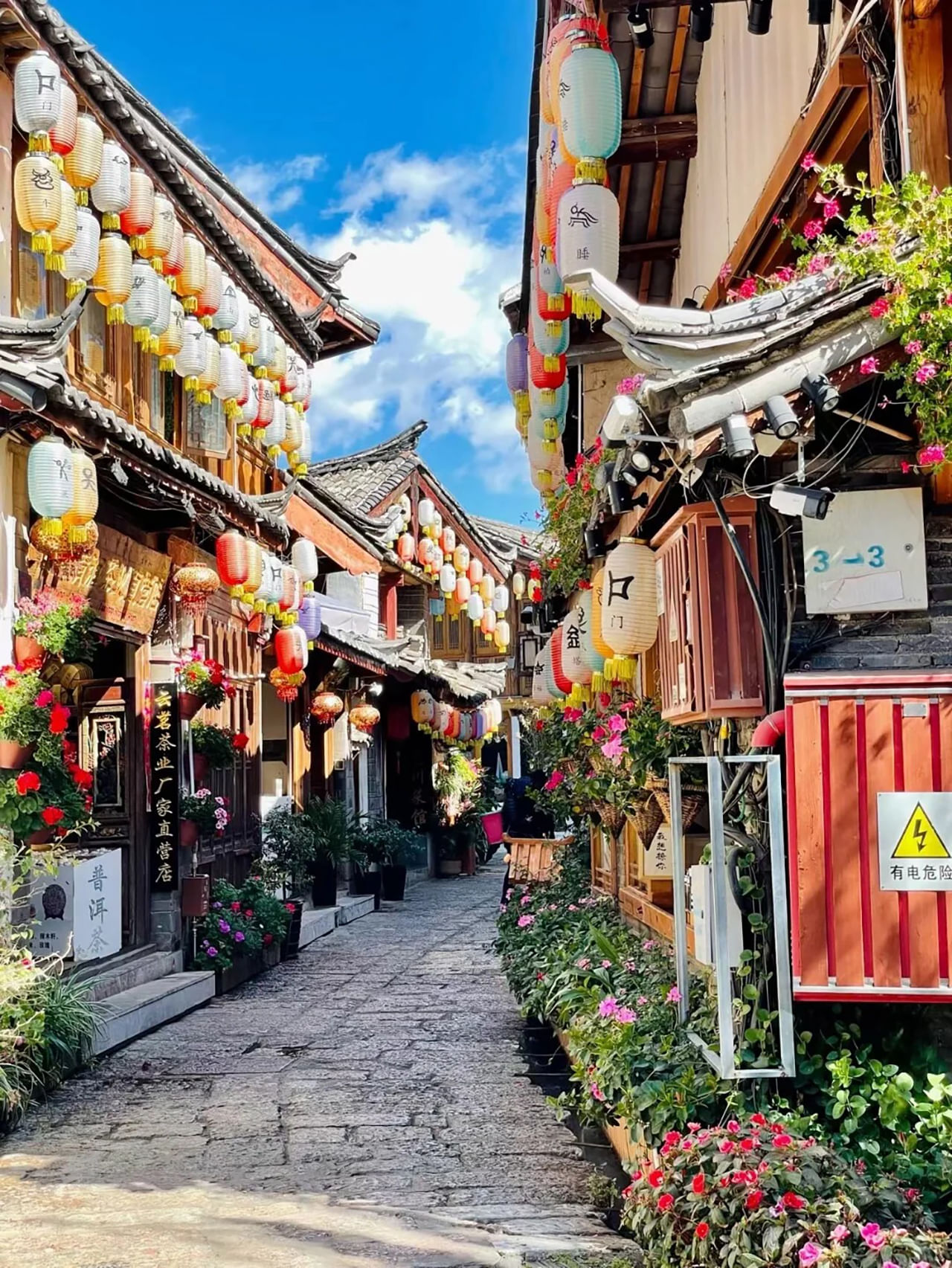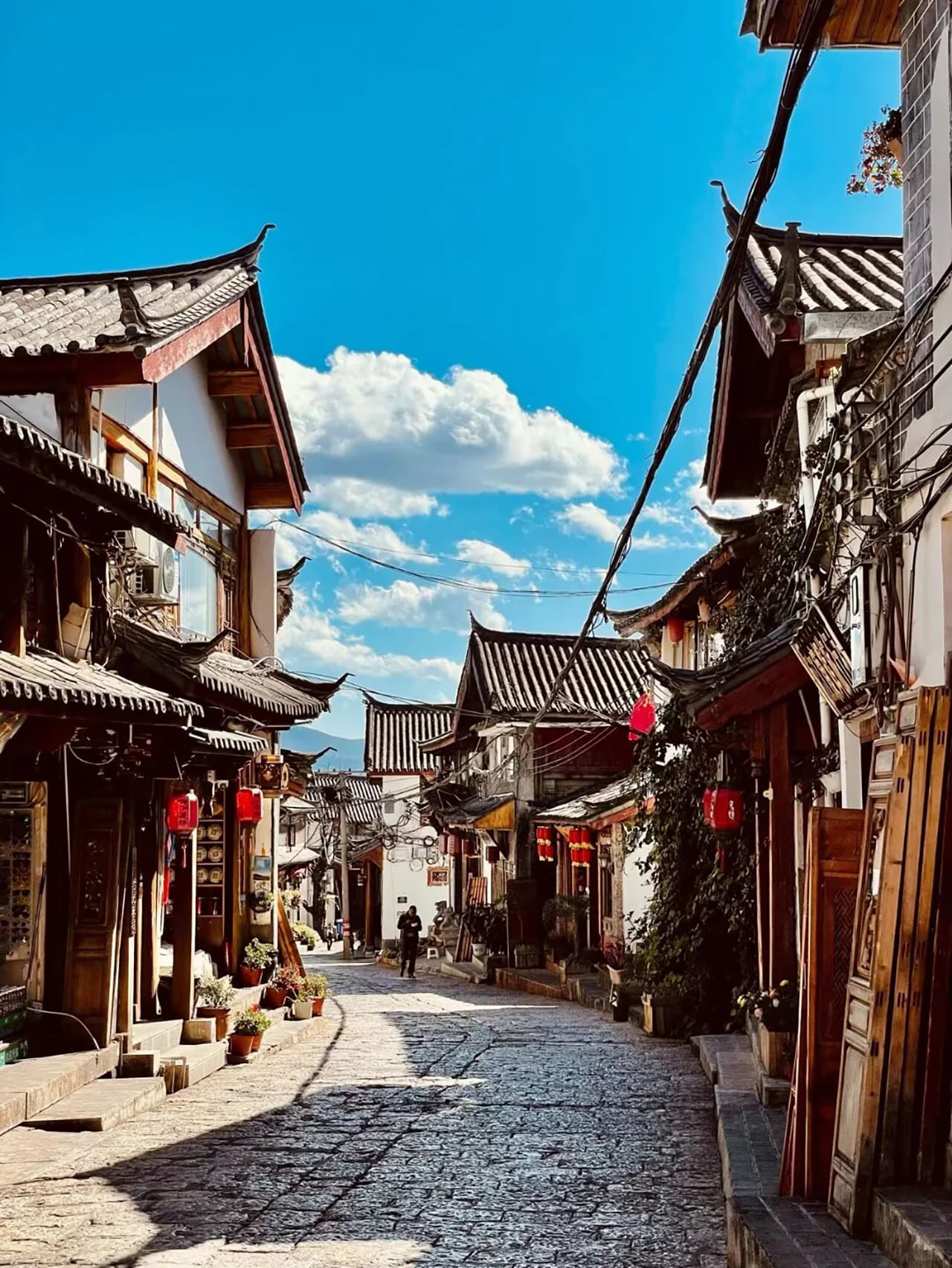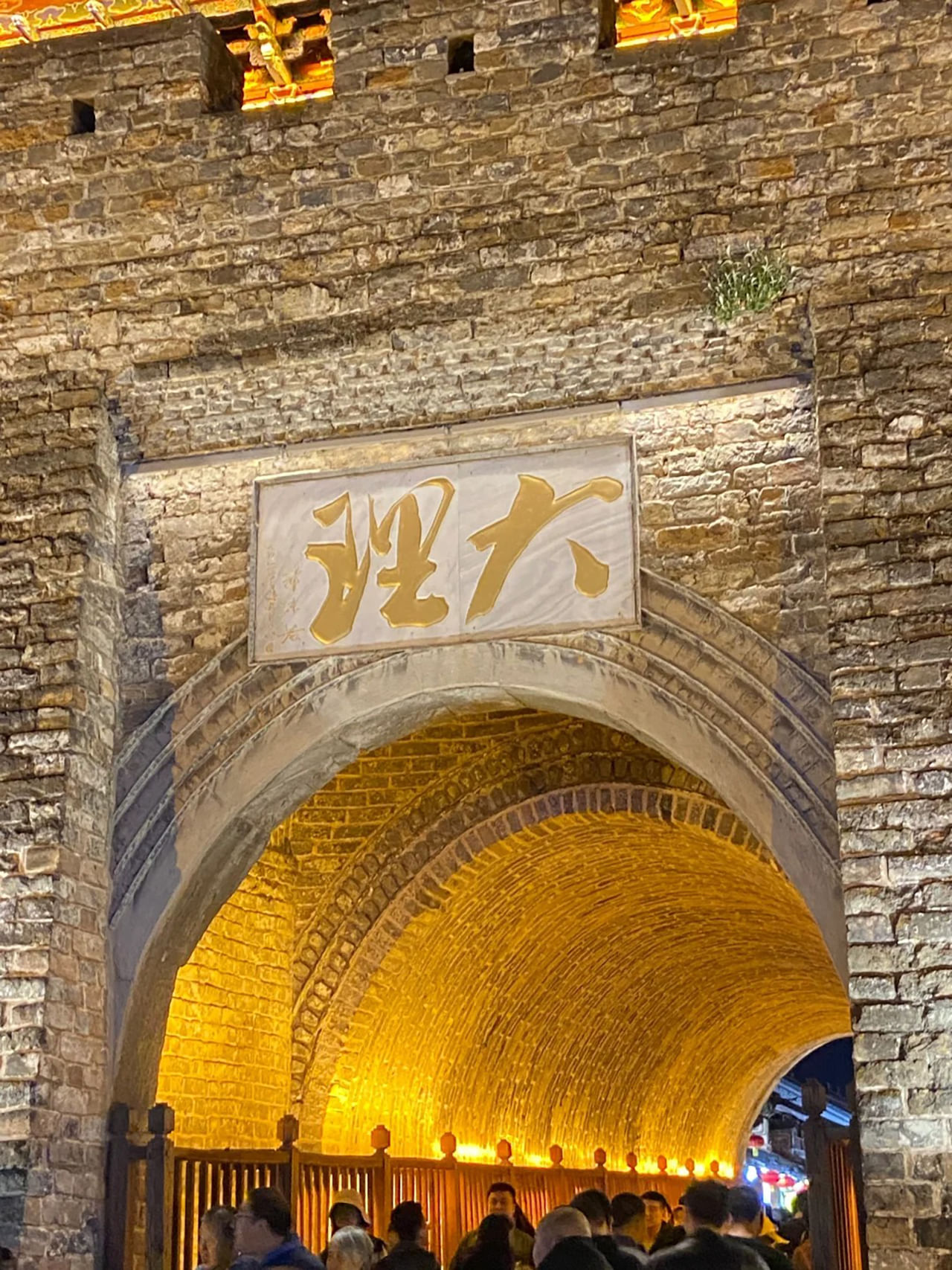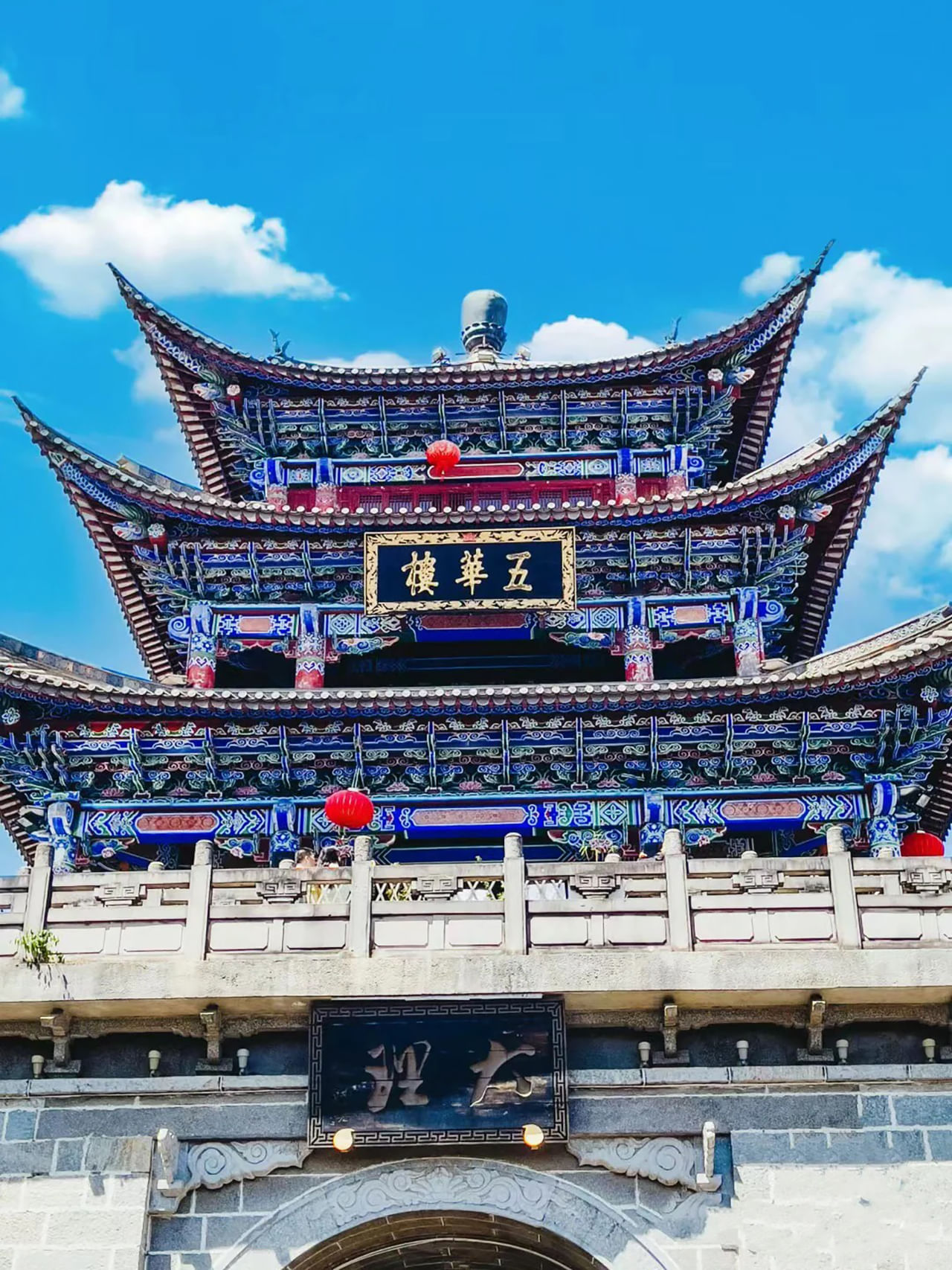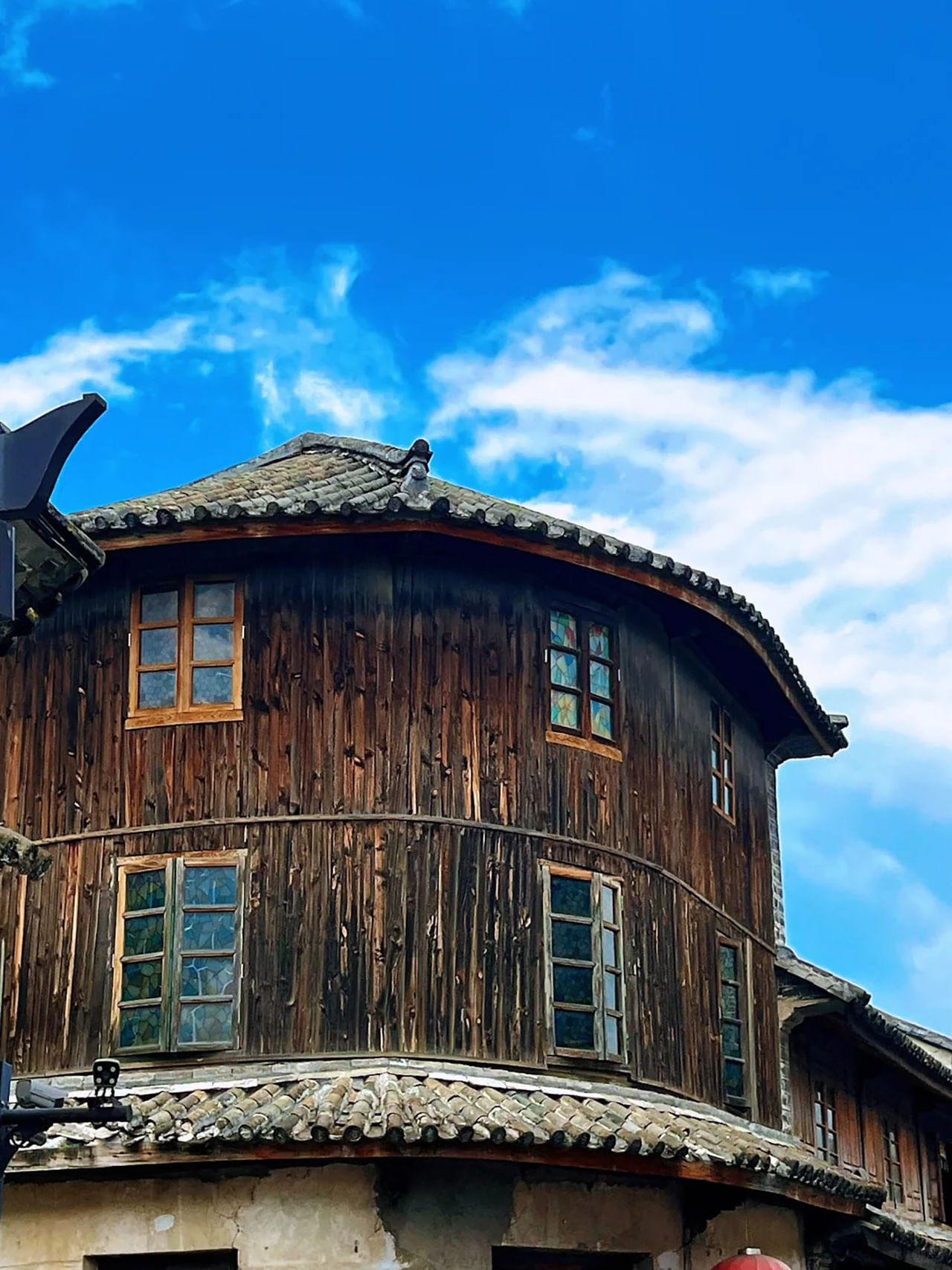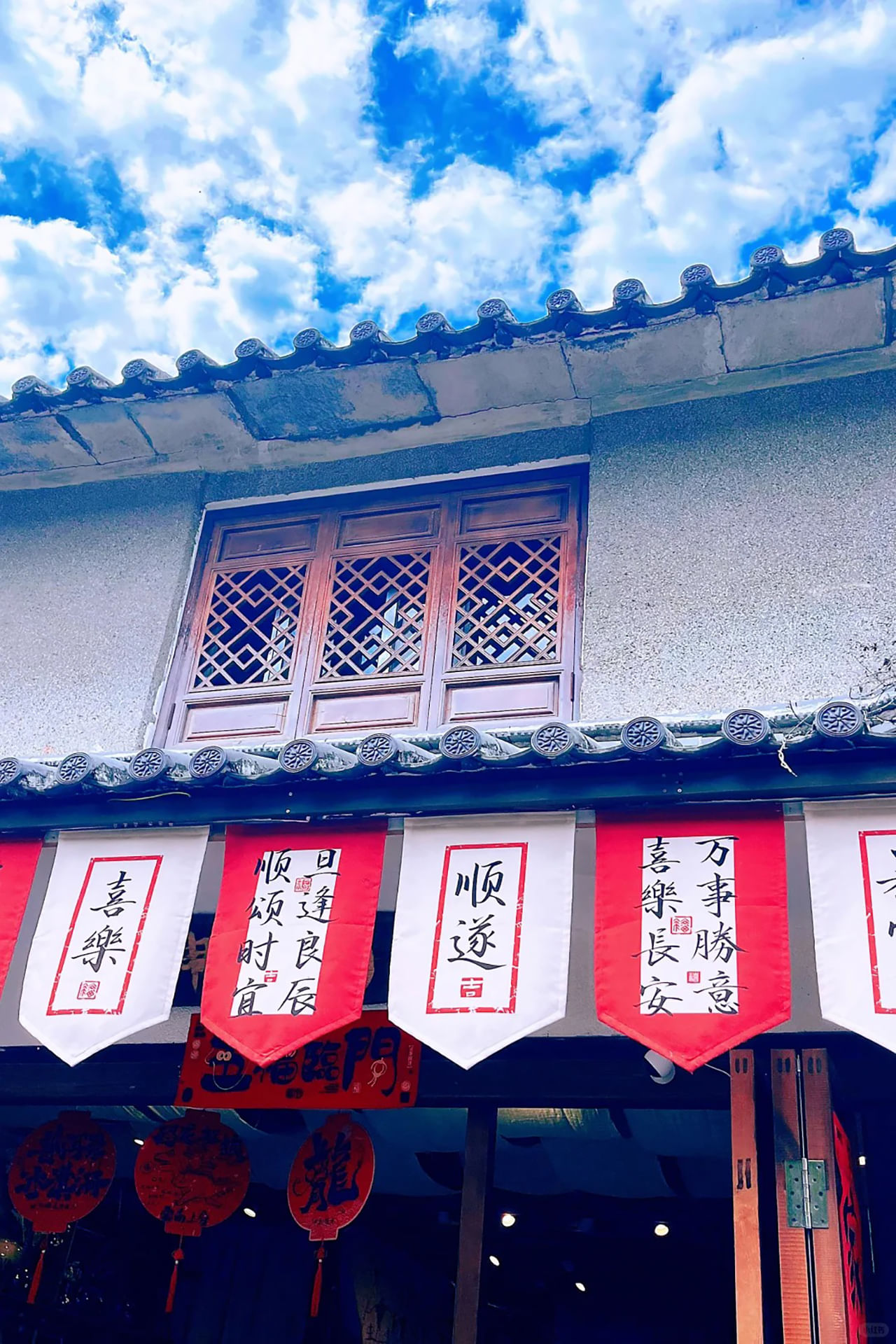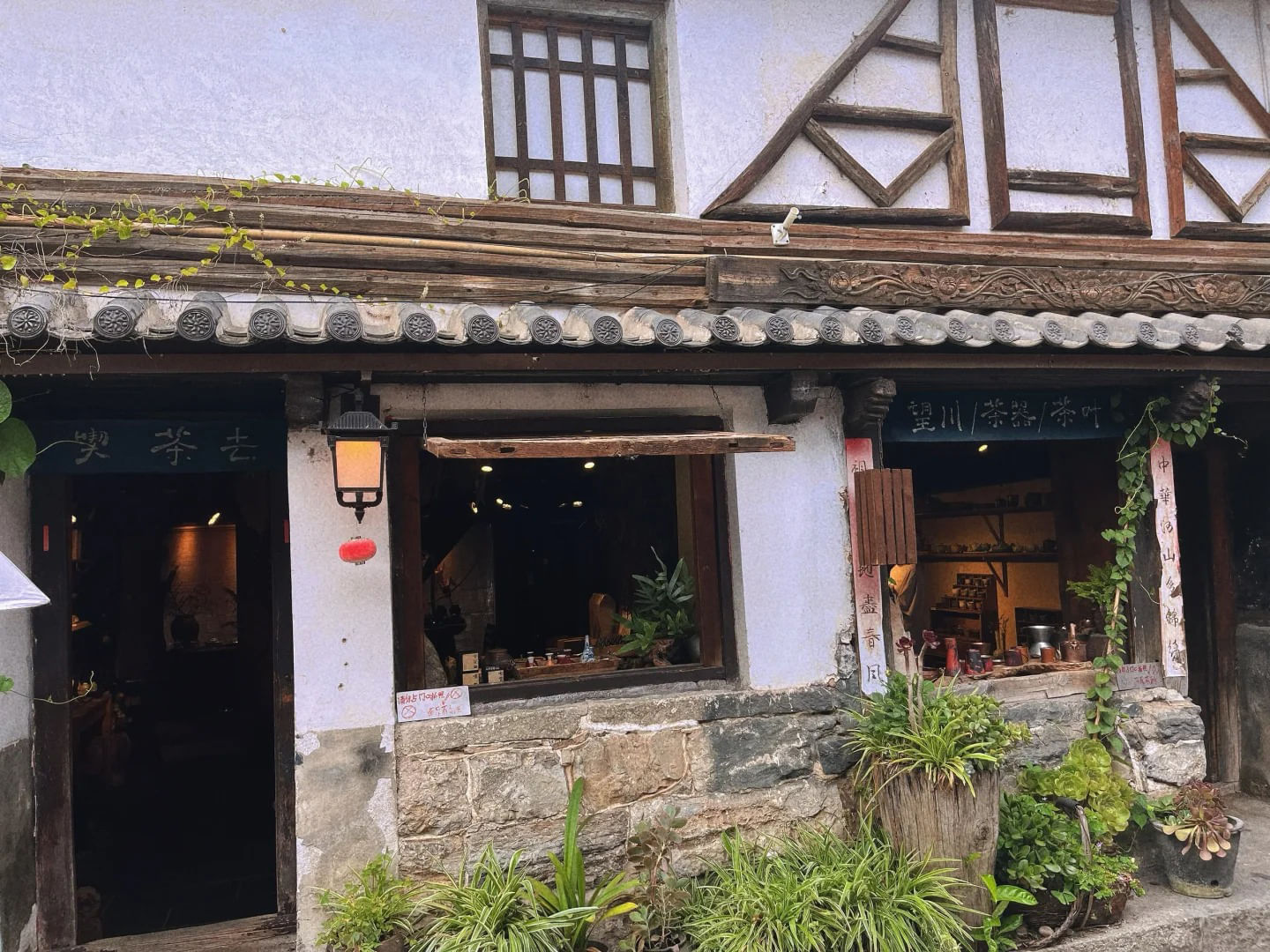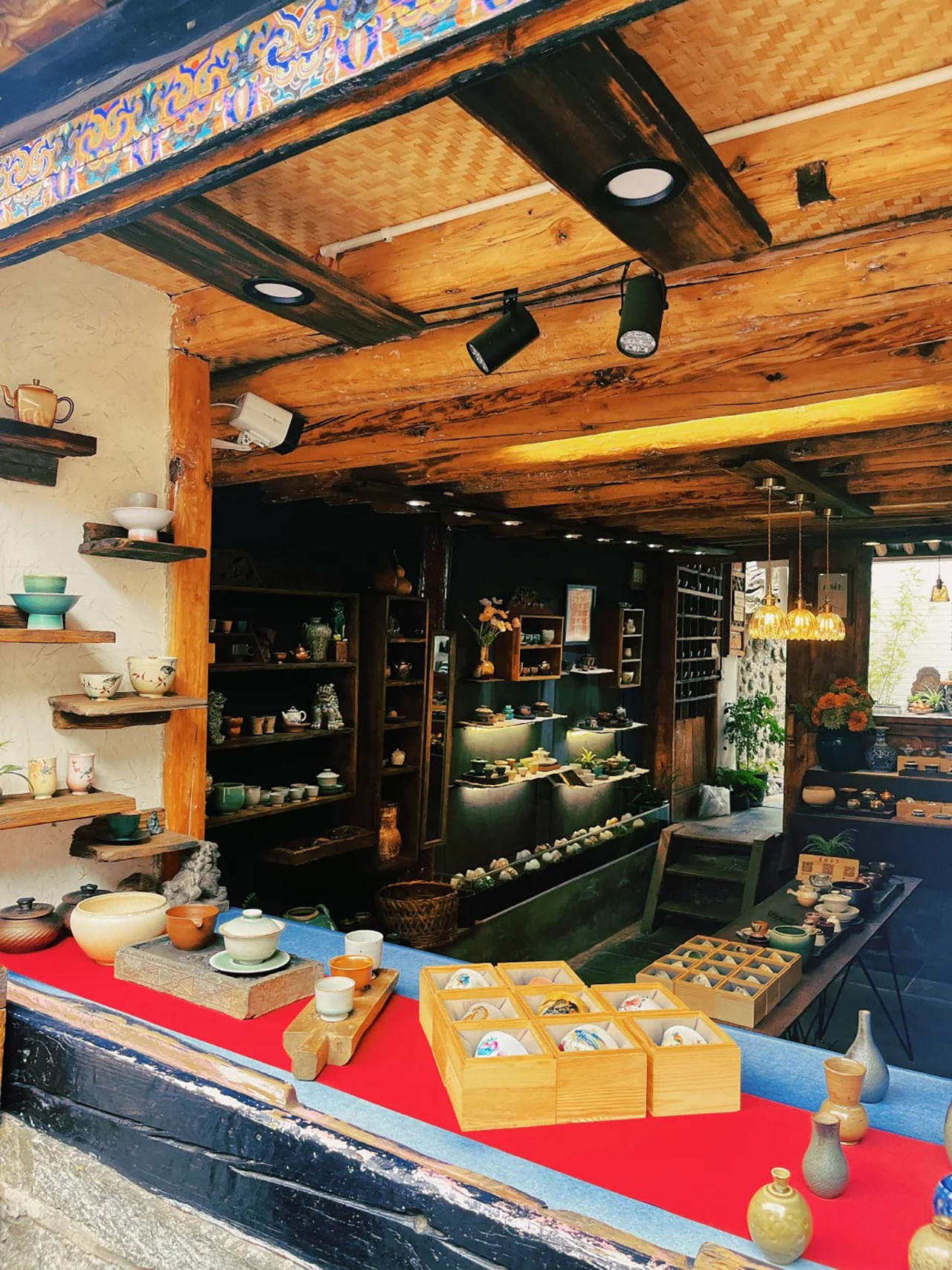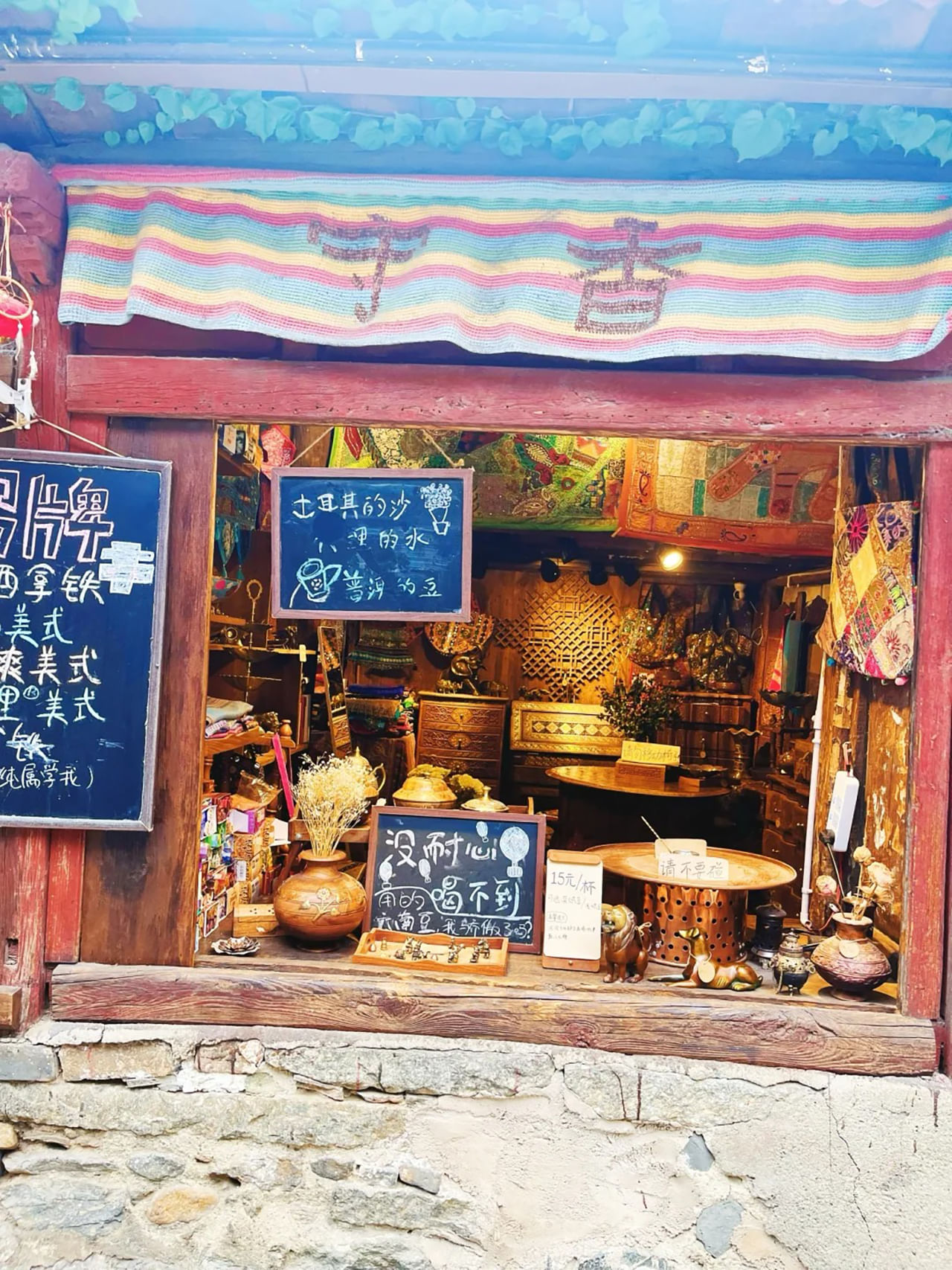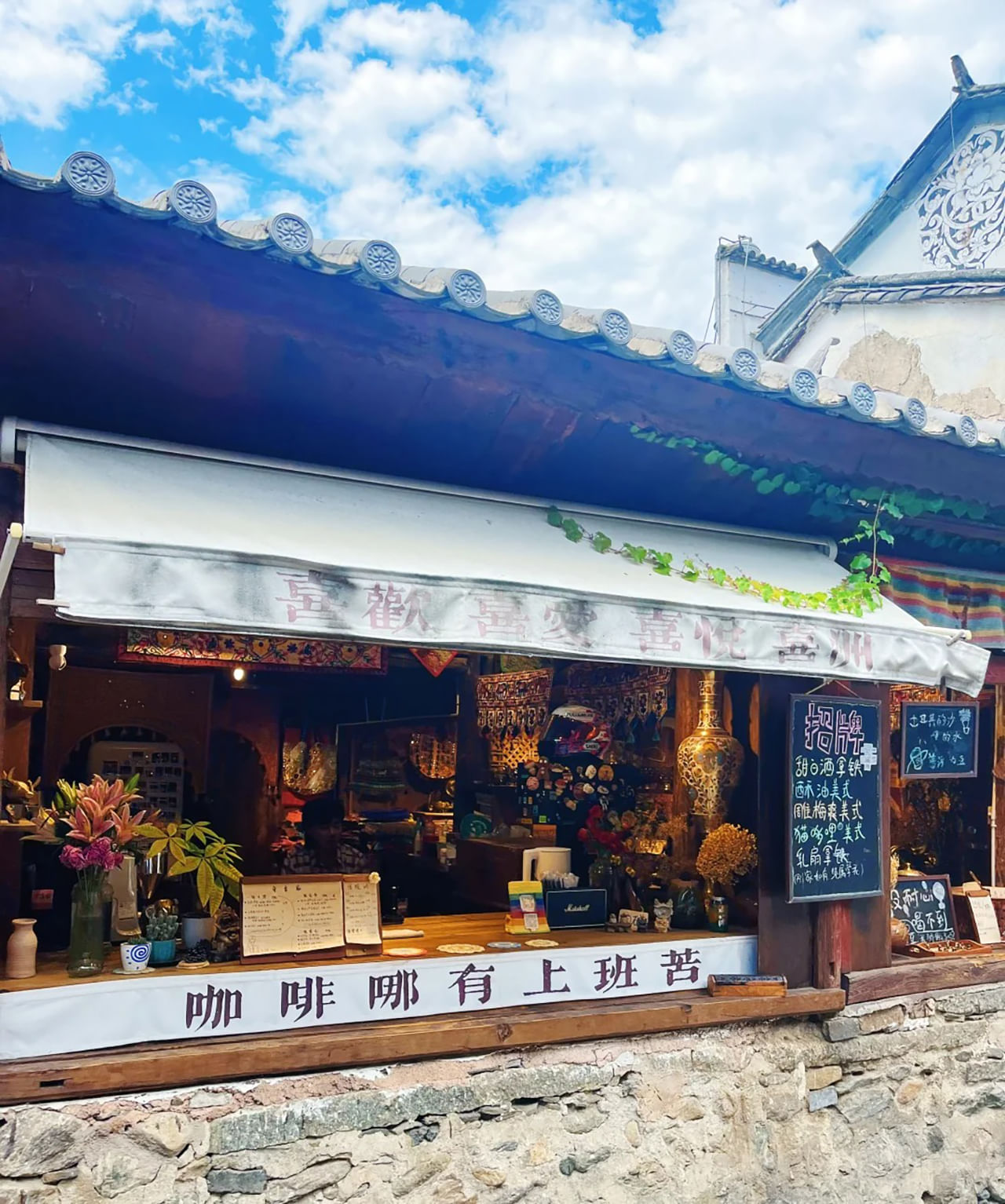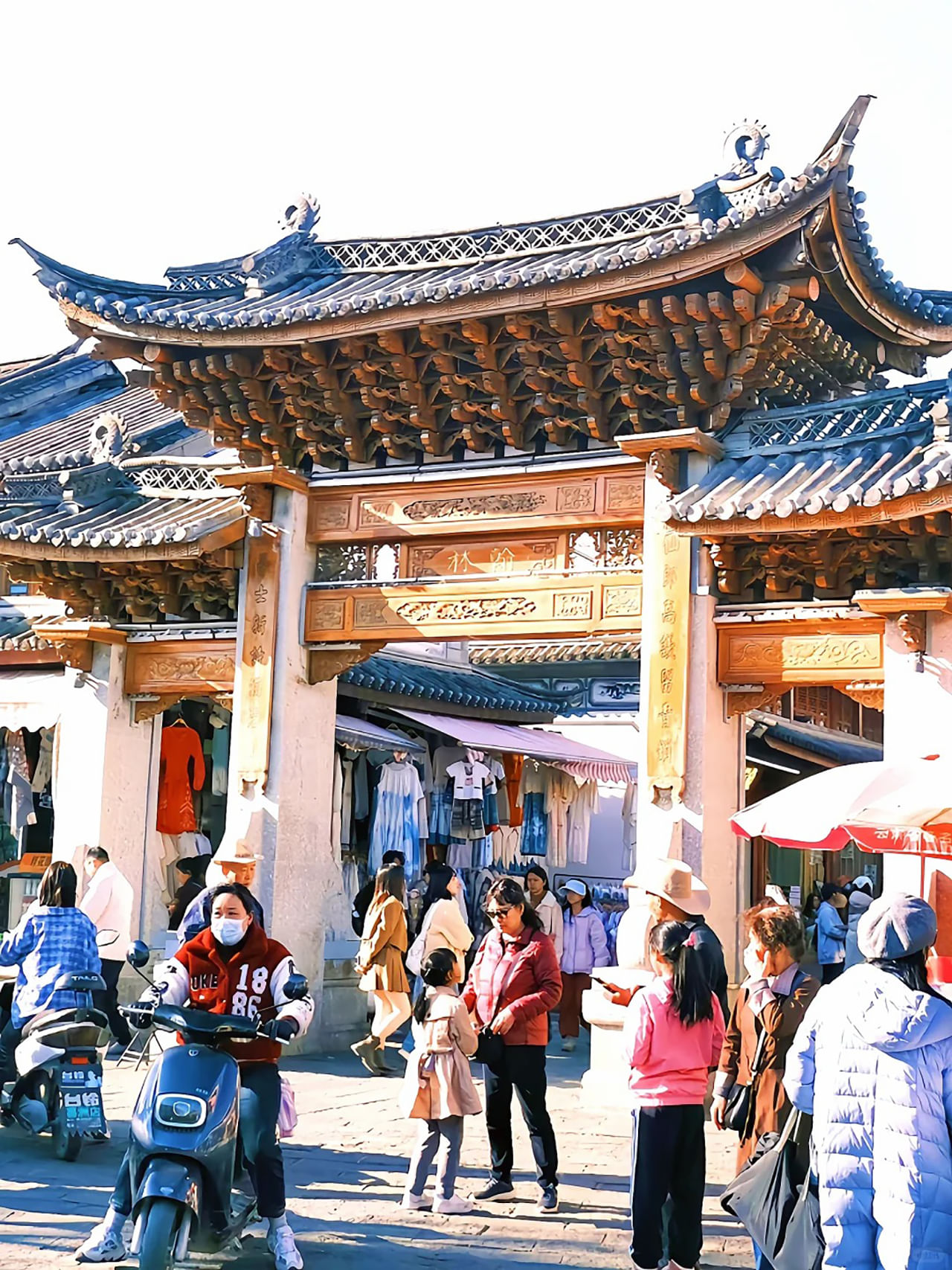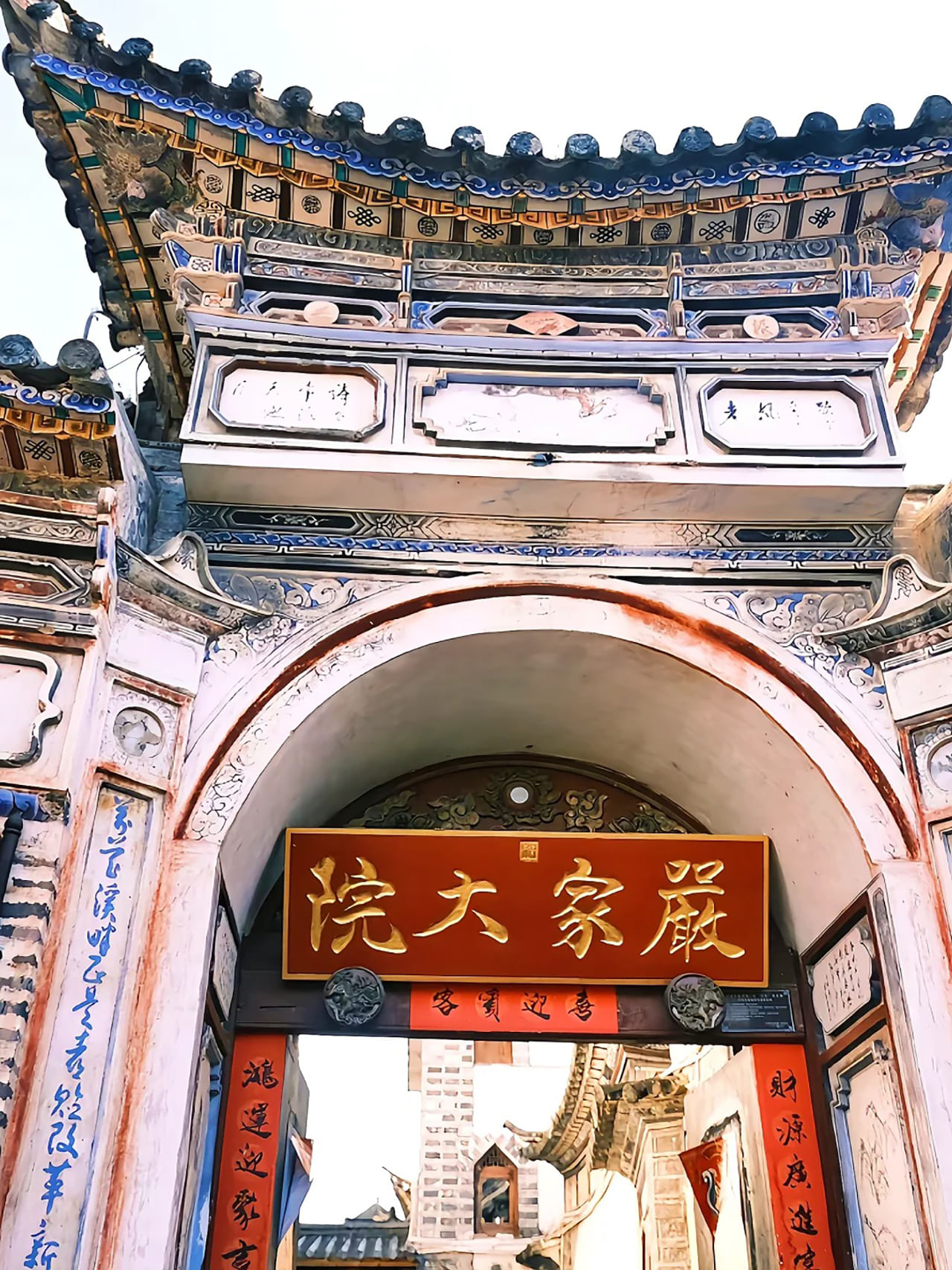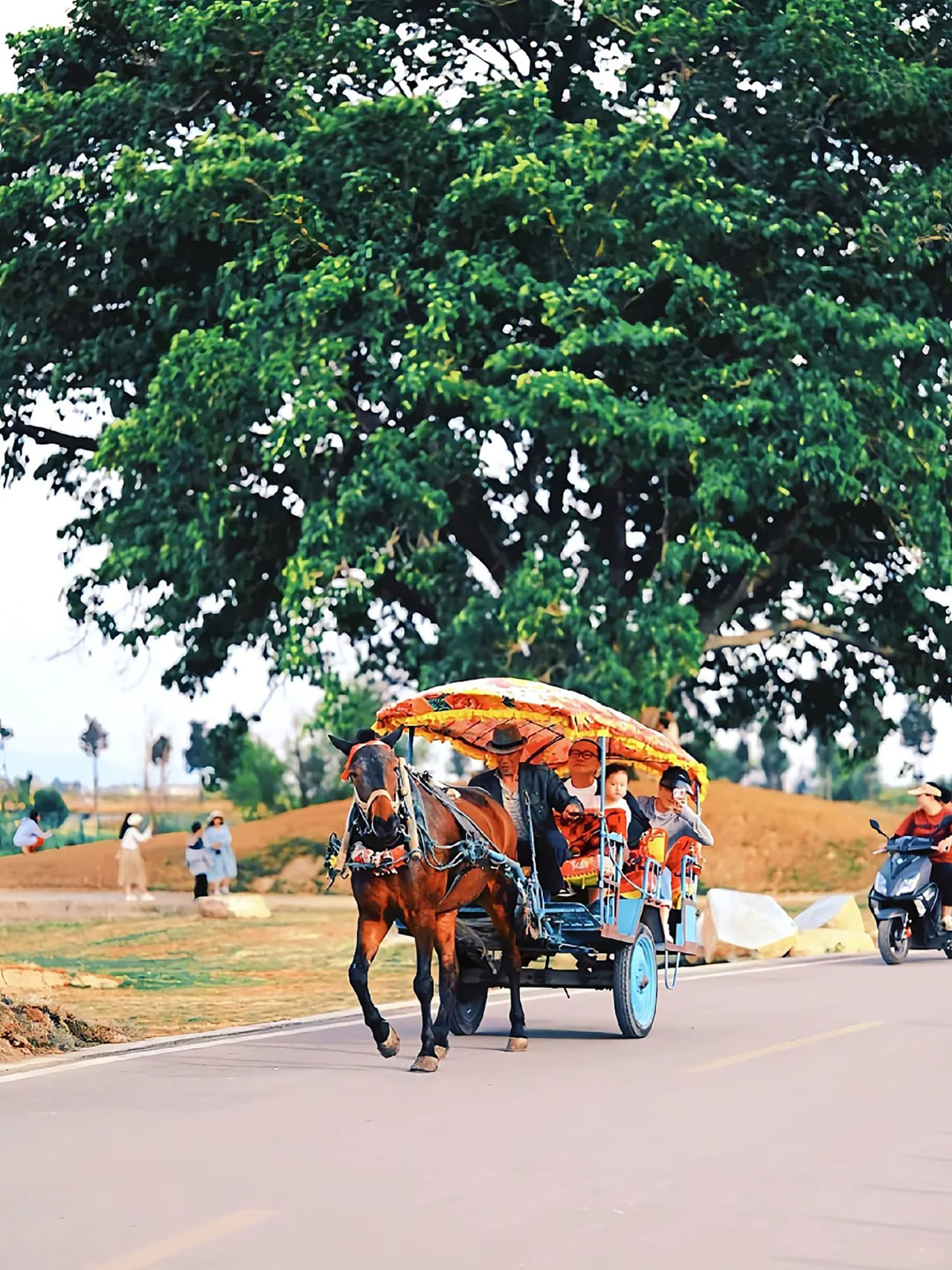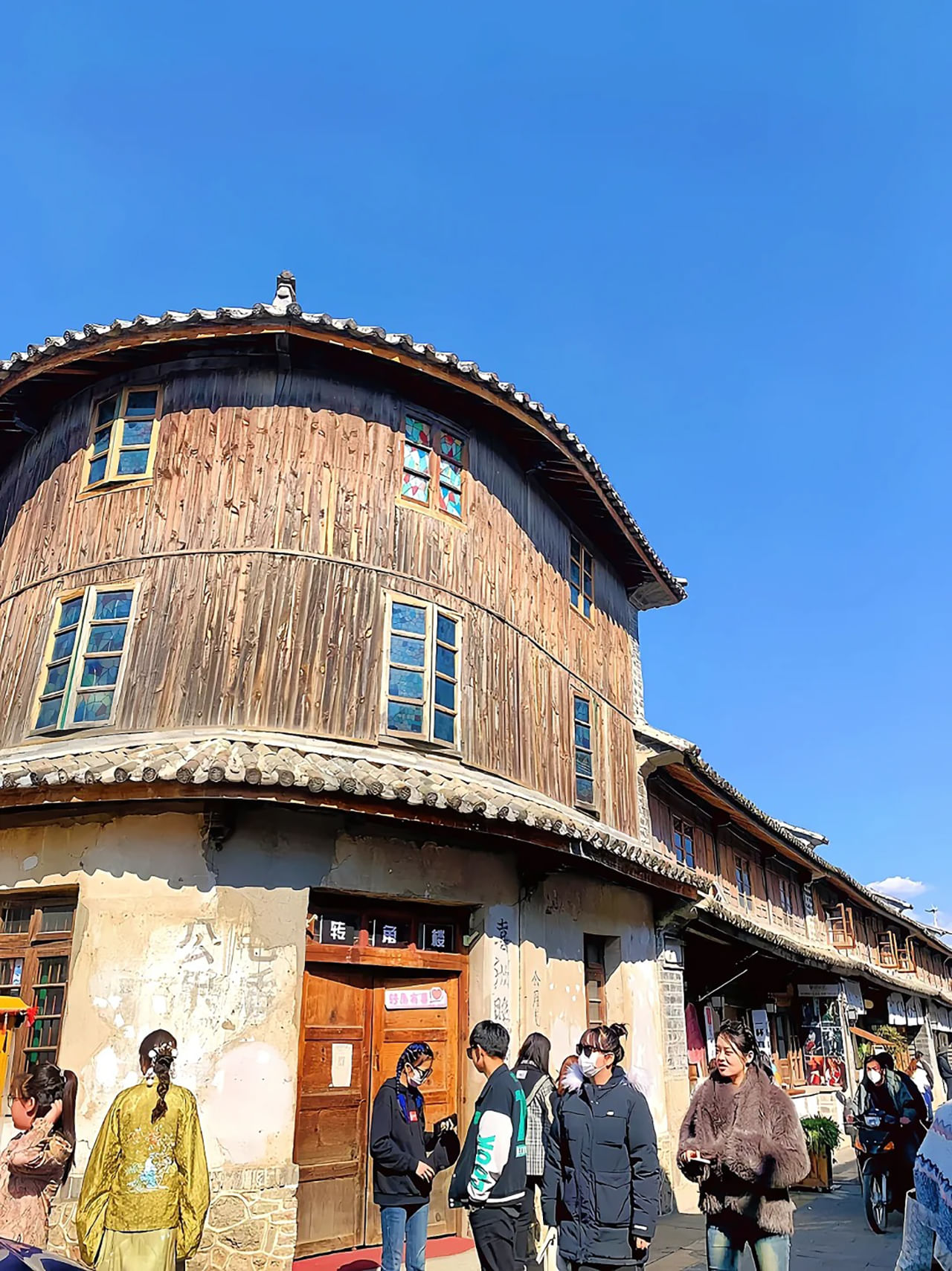Dali City Private Tour (4 Hours)
4 hours
Easy
Discover the cultural, historical, and scenic highlights of Dali on a private guided tour. Explore the ancient town of Dali, visit the Three Pagodas of Chongsheng Temple, and more.
Explore the cultural, historical, and scenic highlights of Dali with a private guide. Its history stretches back to the kingdom of Nanzhao in the 8th century. The walled old city, from the Ming dynasty, contains traditional homes and towers from the Bai ethnic minority. Beyond the old city rise the Three Pagodas of Chong Sheng Temple, dating back to the 9th century.
Meet your guide at your hotel or meeting location of your choice to bring you on the private tour based on your customized itinerary. Let your guide know what you like and receive suggestions. Learn about the city's history and culture from your guide as you explore.
Wander along the paved streets, admiring the traditional architecture of the Bai ethnic minority, trying their local food and snacks, and buying some souvenirs. Climb up the stairs of Wuhua Tower and you can have a panoramic view of the entire ancient city.
Xizhou is another great place to observe the Bai Minority folk culture and architecture. A characteristic Bai courtyard residence consists of rooms on three sides and a decorative screen wall on the south direction. These residence generally have carved beams, turned up eaves, with the splendid of their green, gold, blue and white paint.
Yan Family's Courtyard is a gem of Bai ethnic folk houses and perfectly showcases the layout of "Three Rooms with One Screen Wall" and "Four Courtyards with Five Skylights". The flowers, birds, fish, and insects carved on the wooden doors and windows, as well as the auspicious beasts on the stone railings, are all vivid.
Stepping into the inner courtyard, the traditional costumes and daily necessities displayed in the folk custom exhibitions quietly tell the past of the Bai ethnic group. Observe them carefully and immerse yourself in the ocean of culture.
The Three Pagodas of Chongsheng Temple of Dali constitutes a situation of tripartite confrontation with a large pagoda and two small ones. As one of the oldest and most magnificent architectures standing gracefully and forcefully in South China, it is a famed place of interest, a symbol of ancient history and culture of Yunnan Province.
Visit the Puzhen Bai Ethnic Group Tie-dyeing Museum in Zhoucheng. Under the guidance of professional staff, you will have an in-depth understanding of the historical origin of Bai ethnic group's tie-dyeing. From the ancient origin legends to the modern inheritance and development, you can admire the exquisite tie-dyeing works and feel the charm of intangible cultural heritage art.
Walk through the traditional alleys in Zhoucheng and look for a restaurant run by local families to taste one or two dishes from the characteristic "Eight Local Dishes", such as Hongqu Pork, and experience the flavor of traditional Bai ethnic group banquet dishes as well as the connotation of folk culture.
What's included?
- English-speaking Private guide
- Customized itinerary
- Private Vehicle with Pickup/Dropoff (option)
- French/German/Italian/Spanish/Russian guide (extra fee)
- Malay/Indonesian/Thai/Vietnamese/Khmer guide (extra fee)
Exclusions
- Tips and gratuities
- Entrance and admission fee
- Public Transportation expenses
- Meals and beverages
- Personal expenses
Please note
Booking a Dali Tour with a Private Guide ensures a personalized and enriching experience. Here’s what you should know before you go:
WHY CHOOSE A PRIVATE GUIDE?
- PERSONALIZED EXPERIENCE
- A private guide allows you to tailor your itinerary to your interests, pace, and group size.
- CULTURAL INSIGHTS
- A local guide can provide in-depth knowledge about Dali’s history, Bai ethnic culture, and natural attractions.
- HIRING A PRIVATE GUIDE
- A knowledgeable guide can adapt the itinerary to your needs and help navigate challenging areas.
BEST TIME TO VISIT
- SPRING (MARCH-MAY)
- Perfect for blooming flowers and comfortable temperatures.
- AUTUMN (SEPTEMBER-NOVEMBER)
- Offers clear skies and pleasant weather.
- AVOID PEAK HOLIDAYS
- Avoid the rainy season (June-August) and Chinese public holidays like Golden Week (early October) to avoid crowds and higher costs.
- WEATHER
- Dali has a mild climate year-round, but bring layers as it can get chilly, especially near the mountains or near Erhai Lake.
PHYSICAL ACTIVITY
- WALKING AND HIKING
- Some attractions, like CAngshan Mountain or the Three Pagodas, may involve moderate walking or hiking. Wear comfortable shoes.
- HEALTH NEEDS
- Inform the guide of any physical limitations or dietary restrictions in advance.
ACCESSIBILITY AT KEY ATTRACTIONS
- DALI OLD TOWN
- Challenges: Narrow streets, uneven surfaces, and steps into shops and restaurants.
- Tips: Wheelchair users may need assistance in certain areas, but the main streets are relatively navigable.
- THREE PAGODAS:
- Challenges: Includes stairs and large open spaces that may require walking. Wheelchair access is limited.
- Tips: Request a guide who can assist or suggest the easiest routes.
- CANGSHAN MOUNTAIN
- Challenges: Hiking trails are not wheelchair-accessible.
- Accessible Options: Cable cars can take you to viewing platform with stunning views. Check for wheelchair access at the cable car stations.
- ERHAI LAKE
- Boat Tours: Boats are generally accessible, but stepping on and off may require assistance.
- Lakeside Trails: Some areas are flat and suitable for wheelchairs or strollers.
- XIZHOU ANCIENT TOWN
- Challenges: Similar to Dali Town, with uneven paths and steps.
- Tips: Focus on the main square and markets, which are more accessible.
CULTURAL SENSITIVITY
- BAI CULTURE
- Respect the customs of the Bai ethnic group, such as dress codes at temples and traditional homes.
- PHOTOGRAPHY ETIQUETTE
- Always ask permission before taking photos of locals, especially in rural villages.
- TEMPLE ETIQUETTE
- Remove hats and avoid loud conversations in religious sites.
- LOCAL CUSTOMS
- Ask your guide for advice on respecting Dali’s traditions and local etiquette.
What to bring
Packing for a Dali Tour depends on the season, the activities planned, and your preferences. Here’s a guide of what to bring:
CLOTHING
- LAYERED CLOTHING
- Dali has a mild climate but can be chilly in the morning and evening, even in summer.
- Pack a lightweight jacket or sweater, especially if visiting higher altitudes like Cangshan Mountain.
- COMFORTABLE WALKING SHOES
- Essential for exploring cobblestone streets, trails, or historical sites.
- SUN PROTECTION
- Hat and sunglasses for protection during outdoor activities, especially around Erhai Lake.
- MODEST CLOTHING
- If visiting temples or religious sites like the Three Pagoda, dress modestly to show respect.
PERSONAL ITEMS
- WATER BOTTLE
- Stay hydrated. Bring a reusable bottle.
- SNACKS
- Energy bars or nuts for hikes or long excursions.
- SUNSCREEN AND LIP BALM
- High-altitude sun exposure can be intense.
- TRAVEL ADAPTER
- If travelling from outside China, bring a plug adapter for Chinese sockets ( Type A, C, or I ).
- TISSUES AND WET WIPES
- Public restrooms may not always have supplies.
- PASSPORT/ID
- Needed for checking into hotels or buying tickets.
- CASH
- While larger places may accept cards or mobile payments, smaller vendors often require cash.
- PERSONAL MEDICATIONS:
- Include altitude sickness medication if you’re planning to visit Cangshan Mount or other high-altitude areas.
- Motion sickness medication if taking boat rides on Erhai Lake, and other personal medications needed like pain relievers.
SEASONAL CONSIDERATIONS
- SPRING (March-May)
- Pack light jackets, sweaters, and walking shoes for mild, pleasant weather.
- SUMMER (June-August)
- Include rain gear and mosquito repellent; dress lightly but modesty for the heat.
- AUTUMN (September-November)
- Layers for cooler mornings and evenings.
- WINTER (December-February)
- Warm clothing (coat, gloves, hat), especially if visiting Cangshan Mountain.
This packing list ensures you’re ready for a comfortable, enjoyable, and respectful experience while exploring the beauty and culture of Dali.


